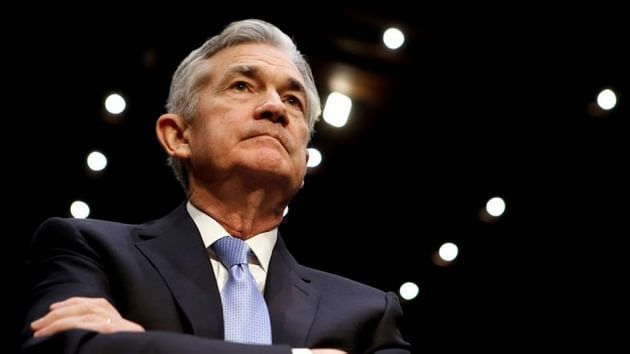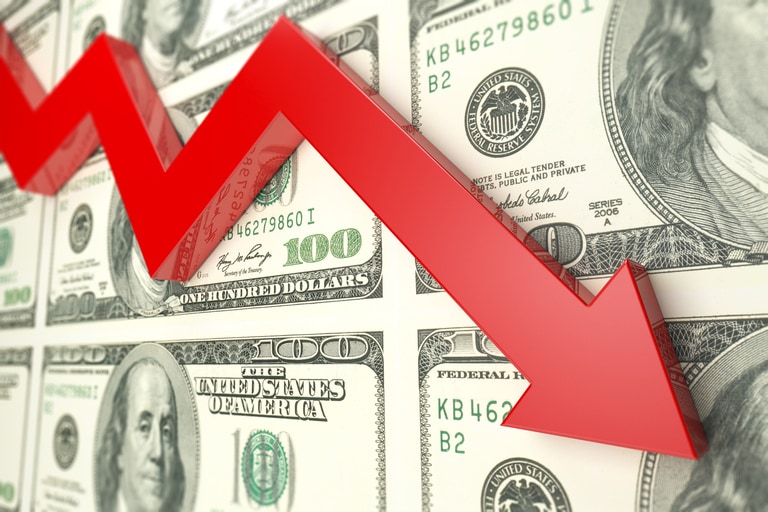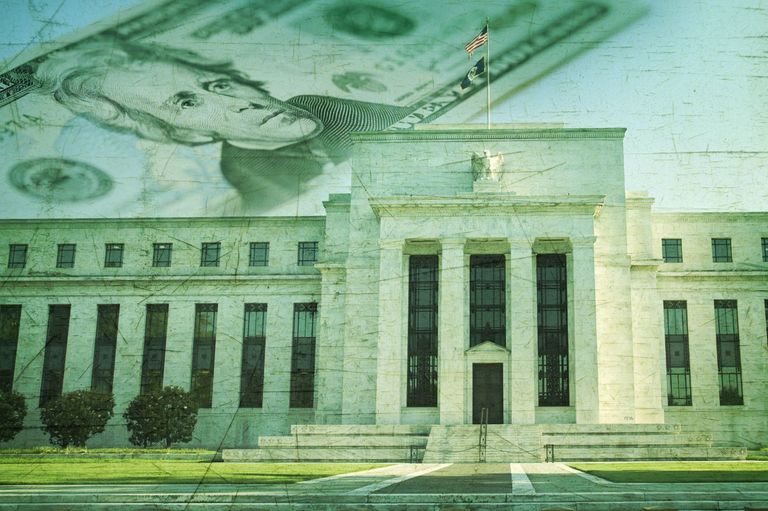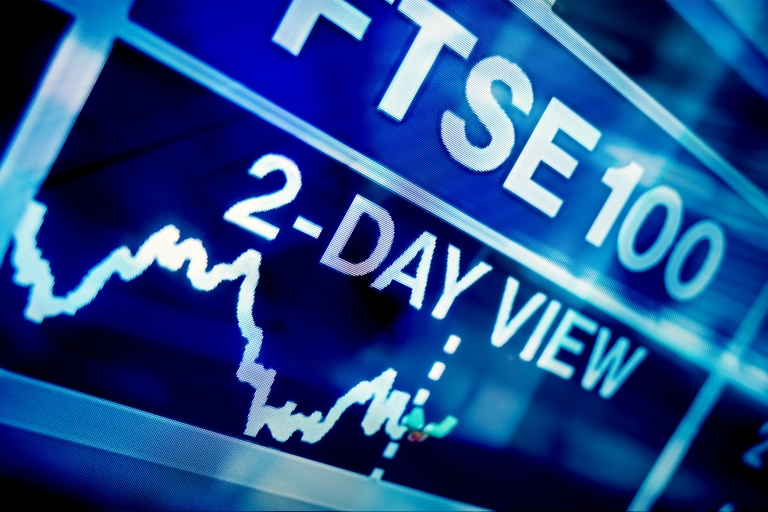European markets got off to a solid start to the new year, with the DAX hitting a new record high yesterday, helped by decent gains for automakers, while the FTSEMib moved up to its best levels since September 2008, despite weaker-than-expected services PMI data for December.
The FTSE 100 also finished the day higher, closing at its highest level since February 2020, with some decent gains for UK banks, as well as travel and leisure stocks.
The early performance of European markets so far this week has been in contrast to weakness in Asia, as well as US markets, with last night’s US sell-off being exacerbated by a sharply negative reaction to what has been perceived as some very hawkish Federal Reserve minutes. These minutes sent yields sharply higher, contributing to the US 10-year yield moving above 1.7% for the first time since last October, while the Nasdaq dropped by over 3%.
Last night’s weakness in US markets has seen Asia markets follow suit, and looks set to translate into a similarly negative European open this morning, as last night’s Fed fallout continues to reverberate.
In recent weeks it’s been notable that there has been rising disquiet among various Fed officials about the risks of rising price pressures, so much so that at the last meeting they brought forward expectations of rate hikes to three in 2022, and three in 2023. This was a surprise, however even if the Fed were to start hiking in March, if done incrementally and carefully it probably wouldn’t have been unexpected, given how yields have moved recently, not only at the short end, but at the long end of the yield curve as well. Last night’s minutes however have given yields an added push, with the 2-year yield pushing above 0.8%, while the 5-year yield moved through 1.4%, both back at levels last seen pre-pandemic, in February 2020.
What appears to have spooked markets is talk about balance sheet reduction, and it is this that has prompted a quite a bit of anxiety, with some on the FOMC talking about the probability of when it might be appropriate to reduce the size of the balance sheet, thus pulling liquidity out of the market. This appears to have caught markets off guard, prompting concerns over tighter liquidity conditions. While this might be a valid concern, speculation that the Fed might start doing this seems a little premature given that the Fed hasn’t stopped adding to its balance sheet yet, let alone reducing it.
A number of Fed officials seemed quite keen to start discussions about how to go about reducing the size of the balance sheet after rate rises began, prompting concern that the Fed might start to go too quickly in normalising policy. This appears to have spooked investors, however talking about a policy change remains some way away from implementing it. It would be surprising if the Fed were to start reducing the size of its balance sheet so soon after ending its bond buying programme. That would suggest a degree of panic at a time when inflation pressures are starting to show some early signs of easing, if this week’s prices paid numbers are any guide.
We could get some further colour on this later today with San Francisco Fed president Mary Daly, and St. Louis Fed president James Bullard, due to speak at separate events this afternoon, which could temper last night’s bond market reaction, with the US 5-year yield rising over 15bps in the last three days, and up from 1.263% at the end of 2021.
Yesterday’s US ADP employment report for December once again highlighted the challenges of trying to interpret the US labour market. Although the US participation rate remains well below the levels of February 2020, last week continuing claims returned to levels during that very same month, at 1.7m, and look set to fall even further today with expectations of 1.68m, and a two-year low. Weekly claims are expected to fall to 195,000. With a strong rebound in the ADP numbers of 807,000 for December, well above the 400,000 consensus, attention will once again shift to tomorrow’s non-farm payrolls report, as well as today’s weekly and continuing claims numbers. Most notably, yesterday’s ADP report recorded a big jump in services jobs of 669,000, with a third of those in hospitality and leisure, suggesting that 2022 could see further big gains in the coming months, as markets continue to price in the prospect of a Fed rate hike as soon as March.
Other data due out today includes the latest UK services PMI numbers for December, and German CPI for December. In the most recent flash numbers, economic activity fell sharply to 53.2, from 58.5 in November. Since those flash numbers were released, economic activity across the UK, particularly in hospitality, has fallen sharply due to concerns about catching the virus just before Christmas, as consumers limited their movements. These self-imposed limitations on pre-Christmas movement and socialising habits have hammered the hospitality sector, with government's mixed messaging around a possible new lockdown not helping. As such, today's final PMI could see a miss to the downside.
In November, German CPI hit 5.2%, the highest level since reunification back in 1992, when the Bundesbank discount rate was pushed up to a peak of 8.75% in a move that ultimately saw the pound fall out of the Exchange Rate Mechanism. Today’s December CPI number is expected to see remain steady at 5.1%, however given the big rises in energy prices in the past few weeks, this might be wishful thinking, and we could be set for another big rise, with the record high of 6.2%, set in May 1992, almost within touching distance. With the ECB’s main headline rate currently at -0.5%, German savers are losing out to the tune of almost 6% year on year.
EUR/USD – continues to struggle below resistance at the 1.1385 area and December peaks. The bias remains towards the downside and towards the November 2021 lows at 1.1185. The main support remains at the June 2020 lows at 1.1160. A move through 1.1420 argues for a move back to the 1.1520 level.
GBP/USD – moved through the 1.3400 area in December and has managed to recover back towards the 1.3600 area where we have trend line resistance from last year’s peak at 1.4250. To break the downside momentum, we need to break this trend line. Support now comes in at 1.3420 and last week’s lows.
EUR/GBP – has finally broken the November lows at 0.8450 with the risk we now head towards the 0.8280 area and the lows in 2020. Resistance now comes in at the 0.8380 level and behind that at 0.8450.
USD/JPY – having broken above the 114.80 area we now look set for a move towards the December 2016 highs at 118.60. Any pullbacks need to hold above 114.80 after the New Year surge saw us move through the 116.00 area.
Disclaimer: CMC Markets is an execution-only service provider. The material (whether or not it states any opinions) is for general information purposes only, and does not take into account your personal circumstances or objectives. Nothing in this material is (or should be considered to be) financial, investment or other advice on which reliance should be placed. No opinion given in the material constitutes a recommendation by CMC Markets or the author that any particular investment, security, transaction or investment strategy is suitable for any specific person. The material has not been prepared in accordance with legal requirements designed to promote the independence of investment research. Although we are not specifically prevented from dealing before providing this material, we do not seek to take advantage of the material prior to its dissemination.






